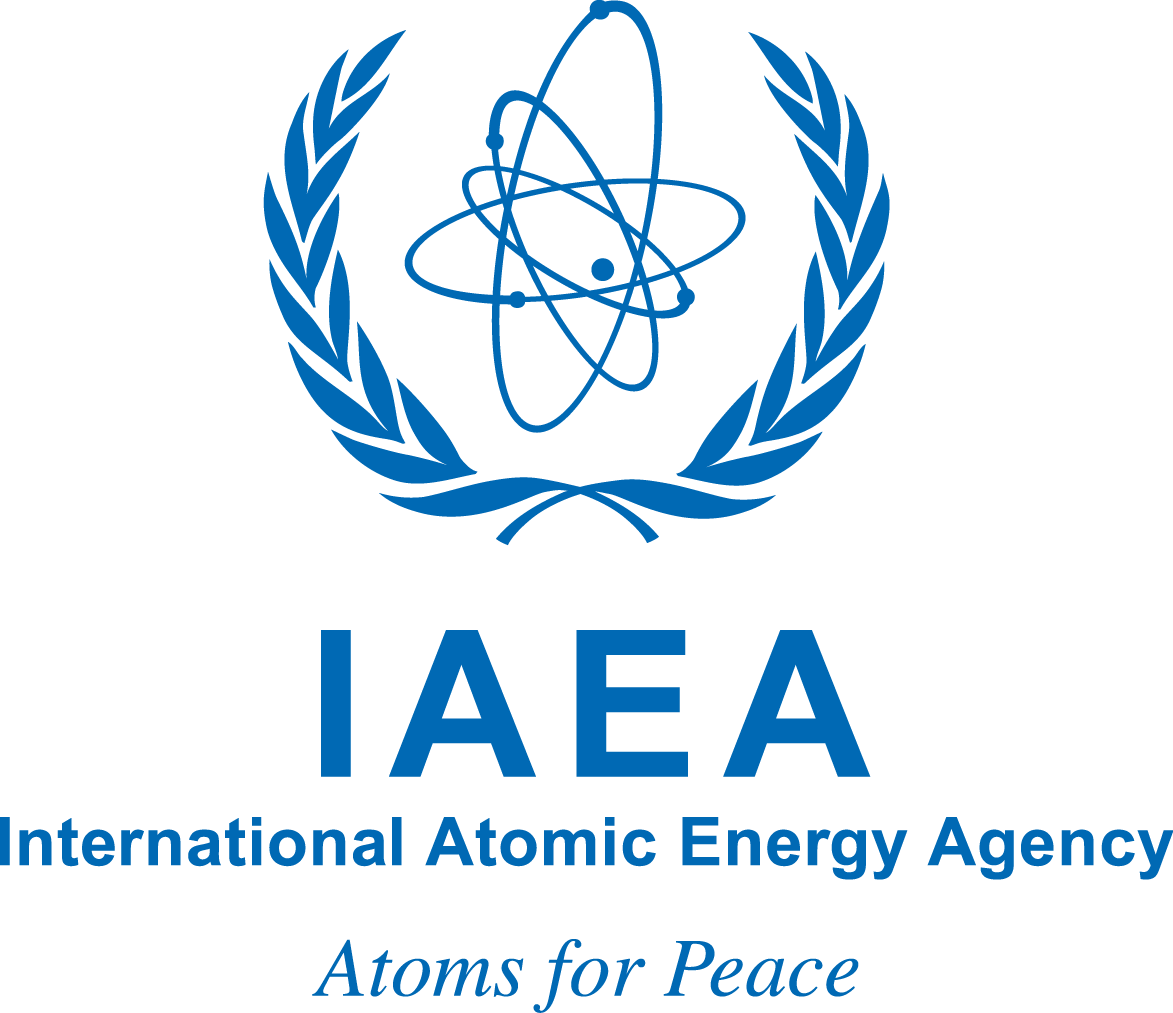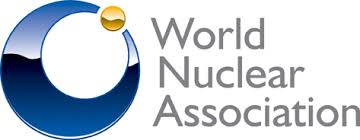Part 2 of 3 Parts (Please read Part 1 first)
Chudakov specified seven influences that he thinks are important to support nuclear power which include safety, funding, electricity markets and nuclear policies, innovation in reactors and fuel cycles, managing waste, capacity building and public acceptance. In his presentation, he said that he wanted to show how these different factors will impact whether future growth of nuclear power will follow the IAEA’s low or best case projections.
Safety:
With respect to safety, he said “Of course, we can stop talking about safety, but we can’t prevent people asking us about safety and they have the right to. The safety performance of nuclear installations is crucial to the future of nuclear power, as a strong safety record is essential for its public acceptance.”
Chudakov said that ways to improve safety include the following. The IAEA has a mission to help synchronize safety protocols across all one hundred and seventy of its member states. Sharing of operational experience will provide more open access to information. Emergency preparedness policies must be developed to provide better exchange of technical information. There should be drills that simulate severe accidents to make more use of IAEA and other bodies of international experience. A management and safety culture must evolve which makes use of multilateral cooperation.
Chudakov said, “The more we share our operating experience, the better our resilience to events will become. Fukushima has demonstrated to us that we need to be joined-up when responding to significant events in our industry, we can do this by improving our exchange of technical information around the plants, but we need to continue identifying areas where we all have to work harder.”
Funding:
With respect to funding nuclear power, financing is required at multiple points in developing or expanding a national nuclear energy program. One major requirement is the establishment of a nuclear regulatory body. There are also requirements that financing be secured to cover decommissioning and waste management. Growth of nuclear power is being heavily impacted by the decline in the prices of natural gas and the deployment of big renewable energy project. There are big variations in demand for electricity between members of the Organization for Economic Co-operation and Development and non-members. The lack of a meaningful way to price carbon dioxide release is also a problem.
Chudakov said, “Yes, financing new nuclear build is challenging, but new ways of thinking have produced new ways of finding money. We see this in Turkey, in Finland, in the UAE, in the UK. But the underlying question is: How can governments create more enabling conditions so that nuclear can be more affordable?”
Electrical Markets and Nuclear Policy:
The answer to Chudakov’s question about financing is closely connected to electricity markets and nuclear policies. Newcomers need to be supported and brought into synchronization with experienced nuclear operators. A nuclear power plant must be carefully managed for the over sixty years of projected operation.
Please read Part 3
Blog
-

Nuclear Reactors 614 – World Nuclear Association Presents Seven Steps To Promote Nuclear Power – Part 2 of 3 Part
-

Geiger Readings for Sep 18, 2018
Ambient office = 115 nanosieverts per hour
Ambient outside = 119 nanosieverts per hour
Soil exposed to rain water = 121 nanosieverts per hour
Blueberry from Central Market = 100 nanosieverts per hour
Tap water = 100 nanosieverts per hour
Filter water = 91 nanosieverts per hour
-

Nuclear Reactors 613 – World Nuclear Association Presents Seven Steps To Promote Nuclear Power – Part 1 of 3 Parts
Part 1 of 3 Parts
Mikhail Chudakov is the head of the World Nuclear Association nuclear energy department. At the World Nuclear Association Symposium 2018 held in London last week, Chudakov said that the nuclear industry needs to change public acceptance for nuclear power to public demand for nuclear power which he claims is a safe, reliable, sustainable and low-carbon source of electricity. Readers of this blog will know that I take exception to all of these claims.
Chudakov said, “We know the challenges: World energy consumption is expected to grow at an annual growth rate of about 1%, but electricity consumption will grow at a higher rate of about 2.5% per year up to 2030 and around 2% thereafter. With virtually no greenhouse gas emissions during operation, nuclear power can have an important role to play in achieving [the United Nation’s] Sustainable Development Goals, meeting the targets set out in the Paris Agreement.”
He went on to point out that the challenge of limiting global temperature increase to two degrees will not be easy. Seventy percent of the world’s electricity currently comes from the burning of fossil fuels. To hold down the rise in temperature, it will be necessary for eighty percent of global electricity to be derived from low-carbon sources by 2030. In order to accomplish this, all low-carbon sources will have to be scaled up.
He said, “If nuclear power deployment doesn’t grow in line with this scenario, the other technologies will not make up the gap. And we will not meet our climate targets that are critical to life on this planet.”
The existing projections of the International Atomic Energy Agency suggest that a best case for use of nuclear energy would require that it be increased by thirty percent over 2017 levels by 2030 and then increased by ninety percent by 2050. In a low case projection, nuclear energy would decline until 2040 and then rebound back to the 2030 level by 2050. The best case would see nuclear energy rising to about six percent of global electricity generation by 2050 and the low case would reach three percent of global electricity generation by 2050. The new projections from the IAEA have not yet been published but they suggest that the numbers would be two point eight percent for the low case and five point six percent for the best case by 2050.
The nuclear industry has announced the Harmony goal of adding one thousand gigawatts of new nuclear power to the global grid by 2050. This would have nuclear energy accounting for twenty five percent of global electricity generation. Chudakov said: “Last year’s high case was 700 Giga Watts. Where is the 1000 Giga Watts plus of new capacity? We can’t see it. Where is our 25% of electricity production by 2050? We are already losing the battle and we will be responsible for this. This should be a big wake up call for all of us.”
Chudakov also provided notes along with his verbal presentation. In the notes, he said, “the early retirement or lack of interest in extending the operating life of nuclear power plants in some countries, due to the reduced competitiveness of nuclear power in the short run and nuclear policies in several countries following the accident at Fukushima Daiichi in 2011”. His notes added: “We are still looking into a heavy new build schedule to replace the large figure of capacity that will go away due to retiring reactors.”
Please read Part 2 -

Geiger Readings for Sep 17, 2018
Ambient office = 136 nanosieverts per hour
Ambient outside = 100 nanosieverts per hour
Soil exposed to rain water = 97 nanosieverts per hour
Crimini mushroom from Central Market = 116 nanosieverts per hour
Tap water = 128 nanosieverts per hour
Filter water = 109 nanosieverts per hour
-

Geiger Readings for Sep 16, 2018
Ambient office = 116 nanosieverts per hour
Ambient outside = 109 nanosieverts per hour
Soil exposed to rain water = 117 nanosieverts per hour
Mango from Central Market = 150 nanosieverts per hour
Tap water = 63 nanosieverts per hour
Filter water = 57 nanosieverts per hour
-
Nuclear News Roundup Sep 15, 2018
Countries intending to begin nuclear power program require collaborative negotiations with suppliers to ensure the success of their projects, two lawyers told delegates at the recent World Nuclear Association Symposium 2018. World-nuclear-news.org
AN elk is expected to survive after it was saved from a radioactive water tank at the Chernobyl Nuclear Power Plant during a tense mission. Dailystar.com
Czech utility CEZ announced on Friday that its 1026 MW Temelin-2 nuclear unit would not be producing power for the grid for several days starting Thursday next week. Spglobal.com
Oyster Creek Generation Station, which has operated since 1969, is shutting down forever on Monday. App.com
-

Geiger Readings for Sep 15, 2018
Ambient office = 105 nanosieverts per hour
Ambient outside = 93 nanosieverts per hour
Soil exposed to rain water = 108 nanosieverts per hour
Peach from Central Market = 95 nanosieverts per hour
Tap water = 101 nanosieverts per hour
Filter water = 95 nanosieverts per hour
Halibut – Caught in USA = 115 nanosieverts per hour
